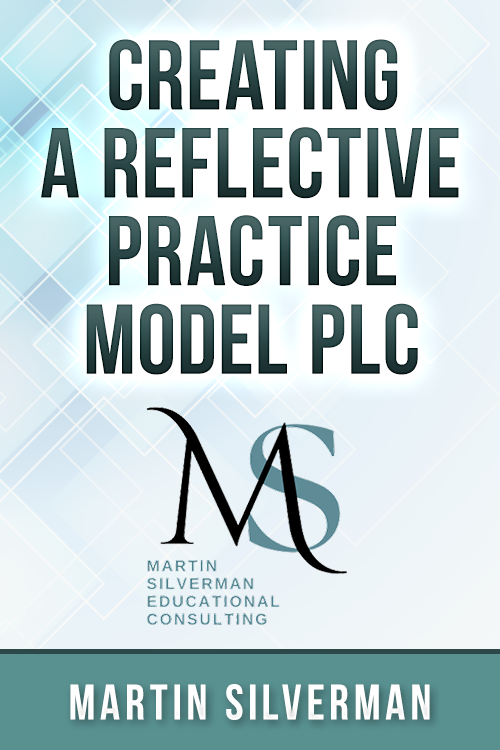In the heart of San Antonio, Texas, Martin Silverman brings to life an approach that is transforming educational landscapes. With a career spanning four decades, Silverman introduces us to the Reflective Practice Model, a vital tool for educators and school leaders striving for excellence. This isn’t just about teaching; it’s about evolving, reflecting, and pushing the boundaries of traditional education to new heights, particularly in challenging socioeconomic environments.
Unveiling the Reflective Practice Model
The Reflective Practice Model stands as a testament to the power of introspection in the educational realm. It champions the idea that to truly enhance our schools and the learning experiences within them, we must take a step back to examine and refine our teaching methodologies. “In my experience, I have found that practice is less looked at in PLC than products,” Silverman says, shedding light on the critical shift from product to process that this model advocates. Here are some key insights:
- The Reflective Practice Model encourages a deep dive into teaching methodologies for continuous improvement.
- It shifts the focus from end results to the processes that lead to educational success.
- Silverman’s vast experience underscores the model’s efficacy in diverse educational settings.
With these insights in hand, let’s explore the foundational elements that make the Reflective Practice Model a catalyst for educational transformation.
Building Blocks for Success
Before diving into the specifics of the model, it’s pivotal to grasp the principles guiding this reflective journey. These principles extend beyond mere theory; they are practical, actionable, and form the cornerstone of fostering a culture of continuous improvement. Consider these essential elements:
- Aligned Vision and Goals – Establishing a clear mission that guides all educational endeavors.
- Collaborative Efforts – Promoting teamwork among educators to share insights and strategies.
- Learner-Centric Focus – Keeping student learning at the heart of every educational practice and decision.
Understanding these principles sets the stage for a deeper exploration of how the Reflective Practice Model can revolutionize educational practices.
The Model in Motion

Silverman’s journey through the Reflective Practice Model reveals a path filled with observation, analysis, and action. He walks school leaders through the process of transforming educational practices, from identifying challenges to implementing solutions. To better grasp this process, let’s focus on:
- Problem Identification – Recognizing areas within teaching practices that offer room for improvement.
- Data Collection – Systematically gathering information through observations and analysis to inform decision-making.
- Actionable Planning – Using insights derived from data to formulate strategies aimed at enhancing student learning outcomes.
Silverman reminds school leaders of the model’s practicality: “We work in a profession in a situation where we can’t always make changes to things that are out of our control, but there are things we can absolutely control within the boundaries of our school.” This perspective is crucial, highlighting the model’s focus on leveraging control and making impactful changes.
Navigating Challenges
Implementing the Reflective Practice Model is not without its hurdles. Silverman candidly addresses these, offering strategies for overcoming them and ensuring the model’s successful integration into educational practices. Here are some strategies to overcome obstacles:
- Managing Time – Maximizing limited time for reflection amidst a bustling school schedule.
- Fostering Observation Culture – Building an environment where peer observation is welcomed and valued.
- Adapting and Evolving – Recognizing when it’s necessary to refine goals based on ongoing insights and outcomes.
Silverman’s strategies for navigating these challenges are a beacon for educators and school leaders, illuminating the path toward a more reflective and effective educational practice.
Stepping Forward with Intention
The journey through the Reflective Practice Model, guided by Martin Silverman, offers a promising route for educational leaders eager to foster a culture of continuous improvement. By embracing reflection, collaboration, and strategic action, educators can unlock new potential for teaching effectiveness and student success.
To begin your journey toward reflective practice, visit Creating a Reflective Practice Model PLC. Together, we can transform educational practices for the better, creating environments where students and educators alike can continuously thrive.
Want to learn more about how you can set yourself and school leaders up for success? Check out the School Leadership Academy.


